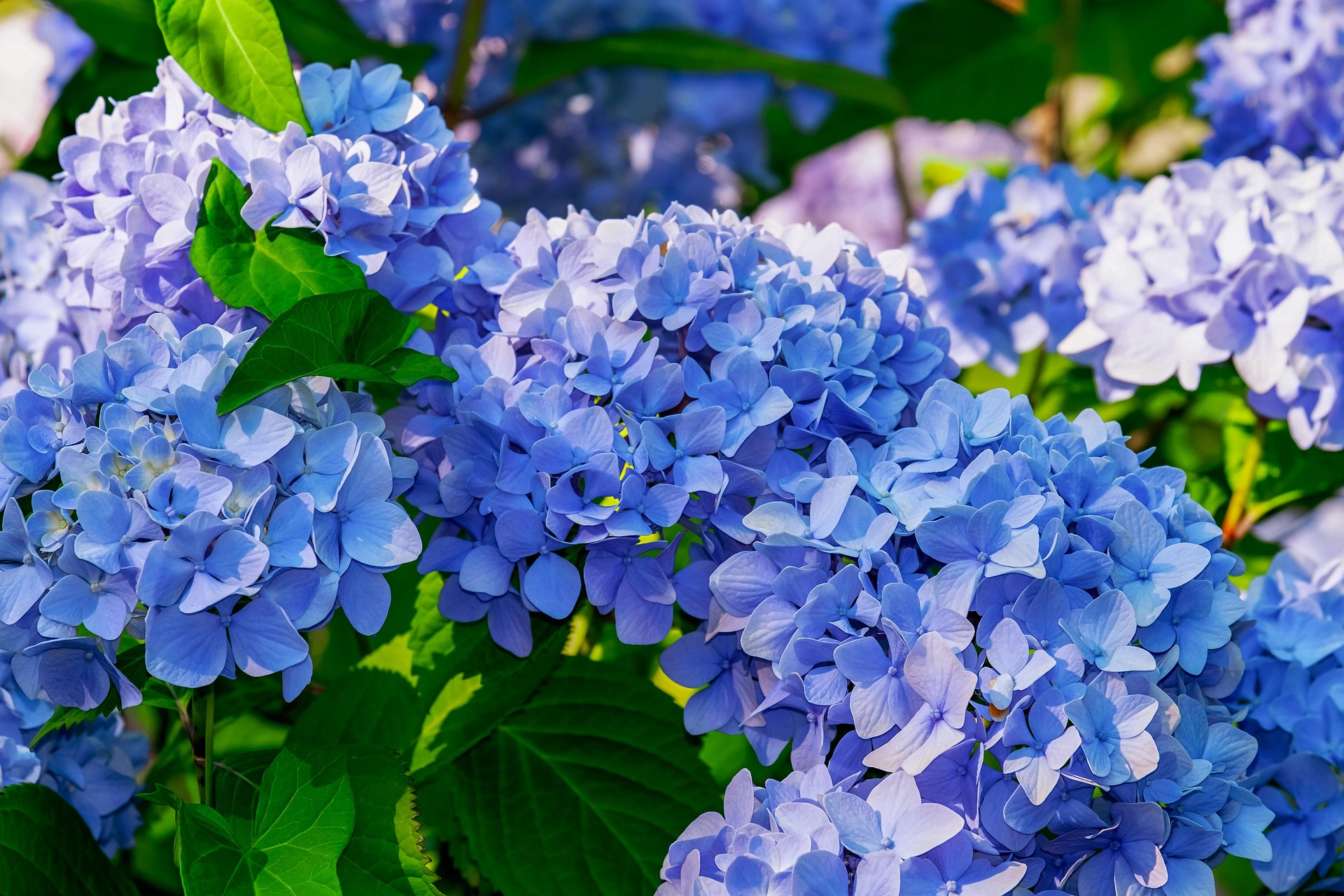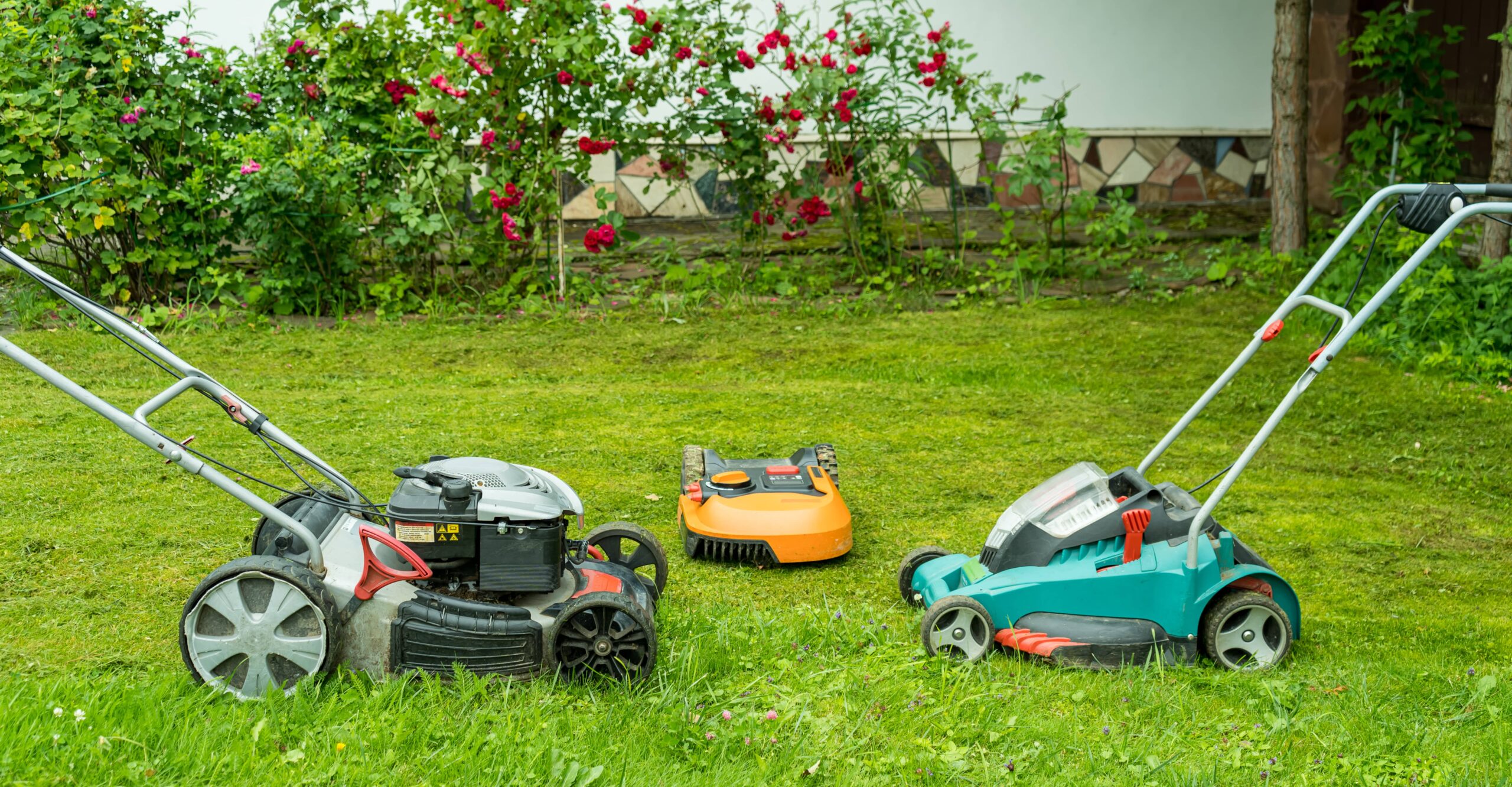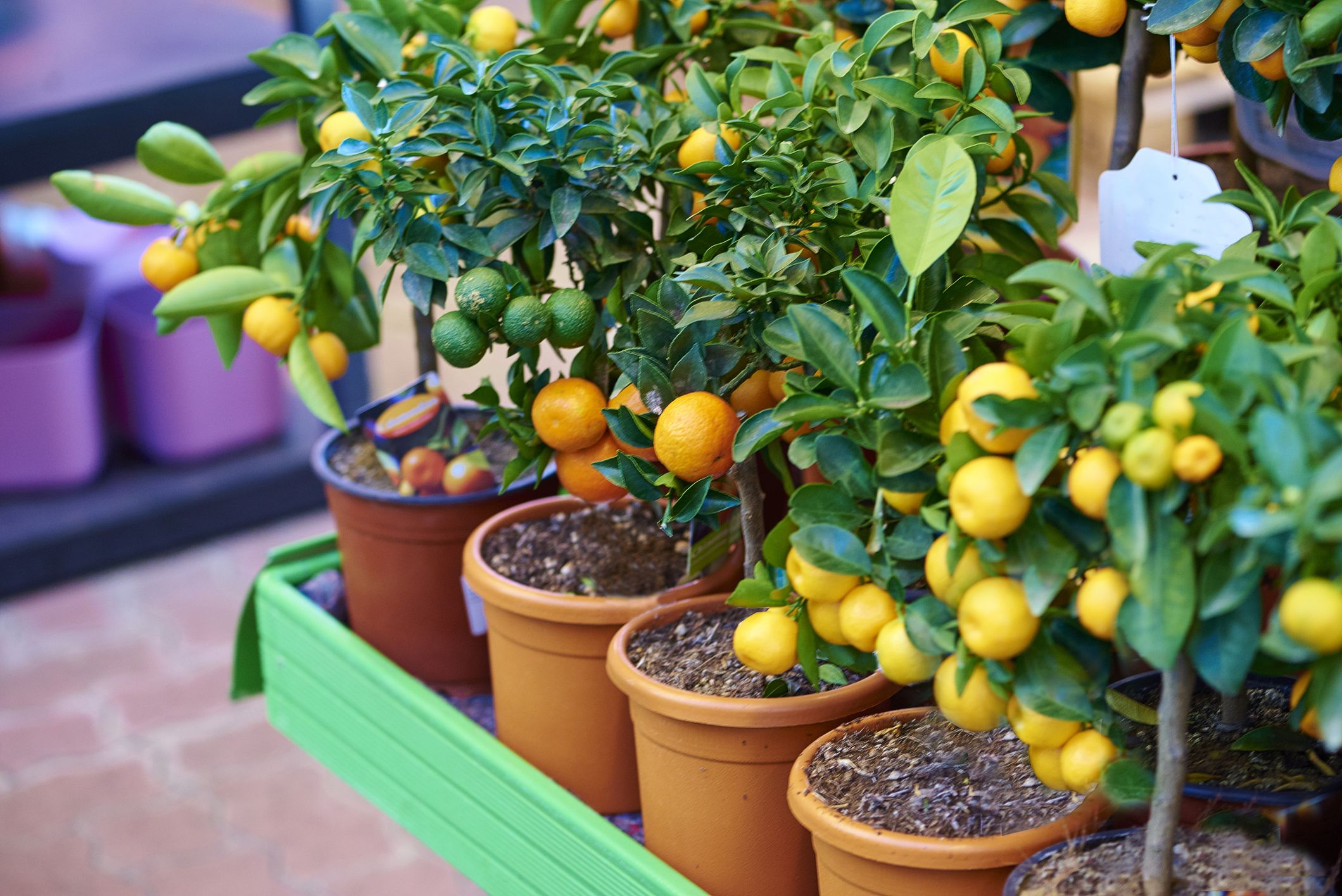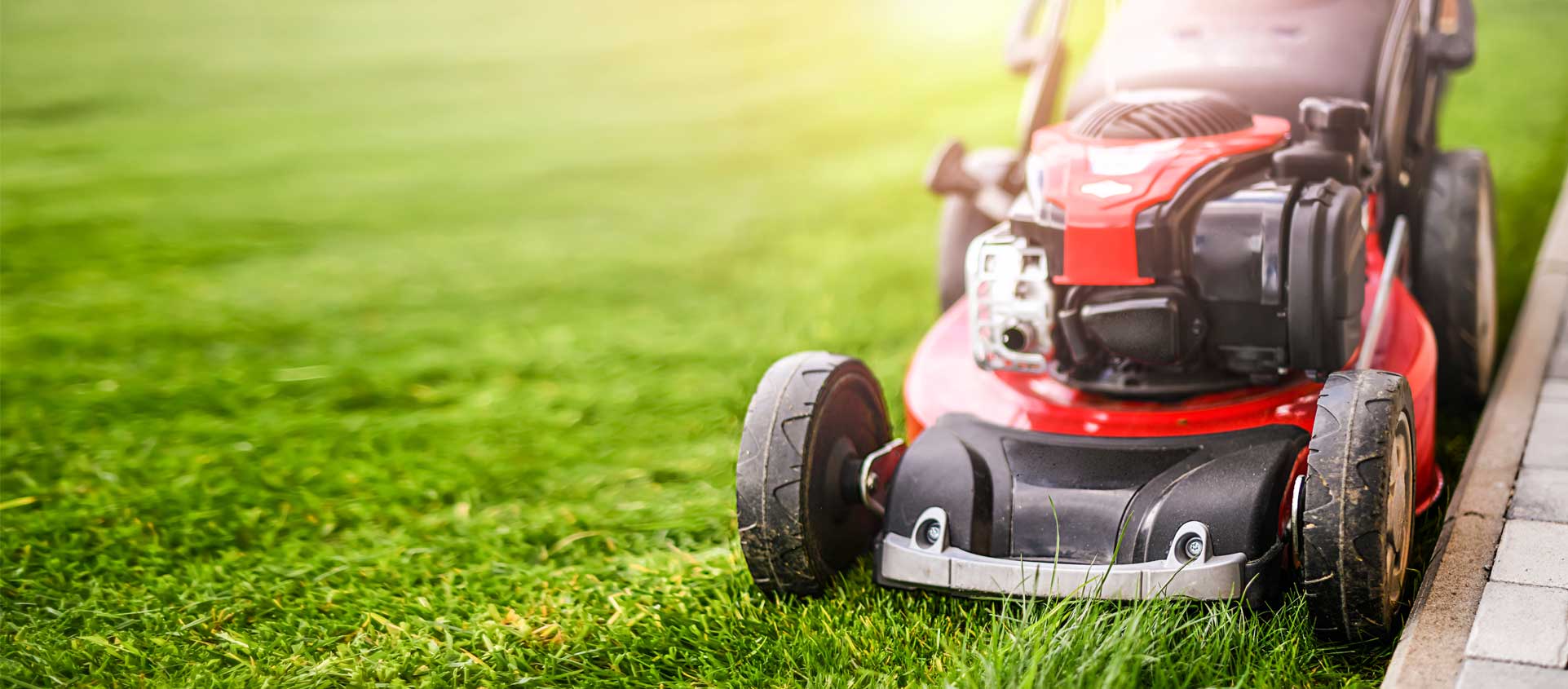Knotweed is known for its relentless growth and invasive nature. Due to this reason, it can be a continuous problem for both homeowners and commercial property owners. Once you have removed it, it will grow back again and again, thereby harming your property.
But, in case you didn’t know, there are some useful strategies that can be used to prevent the re-growth of knotweed on your property because the last thing you want is for it to come back again after some days.
In this blog, we are going to mention some of the most useful strategies you will need to implement to maintain a knotweed-free environment for your property. Let’s delve into further details.
- Thorough Removal and Disposal
If you really want to prevent the regrowth of knotweed on your property, you will need to remove it thoroughly for the first time. This will involve removing the whole plan, including its extensive roots and all the remaining branches.
Just be thorough in excavating the soil to a depth where all the roots are going. This can be up to 2 metres in depth because knotweed’s roots can stretch deep underground and easily grow back if not excavated properly.
You will also need to pay attention to the areas where the knotweed plant was most dense. This is because these areas are likely to have deep roots and can start the regrowth of the plant. To dispose of the plant, do it far away from your property. Contact local waste management disposal service to ensure compliance with local regulations.
- Seek Professional Help
Remaining informed about knotweed and its management techniques is very important if you want to prevent its re-growth.
Keep abreast of the latest research, best practices, and local regulations regarding knotweed control and if you find any of it regrowing again and again on your property, seek advice from professionals or local authorities with expertise in handling this plant.
They can offer recommendations on how to remove the knotweed, its disposal methods, and other preventative measures specific to your region and circumstances. If you don’t want to remove it yourself, you can search for knotweed removal in London and ensure proper removal with minimum chances of regrowth.
- Vigilant Monitoring and Early Detection
Regular and systematic monitoring of your property is important to catch any signs of knotweed regrowth. This is a proactive approach that will enable you to detect any problems beforehand. This method is considerably easier and more cost-effective than dealing with a fully established plantation.
You will have to pay special attention to the spring season when knotweed is in its full bloom. Be sure to familiarise yourself with the leaves of knotweed and its stems because it will enable you to point it out timely and stop its growth. If any suspicious growth is spotted, take immediate action and remove it from your property.
- Establish Physical Barriers
Creating physical barriers around your property is an effective method to prevent the spread of knotweed. These barriers come in several types and can be made of durable materials like impermeable plastic and vinyl. These barriers should be installed vertically to a depth of at least 2 metres.
This prevents the vertical movement of knotweed rhizomes. Additionally, you can put fabric or geotextiles on the landscape to inhibit surface growth. Ensure these barriers are installed securely and inspected regularly to maintain their effectiveness. This measure will effectively stop the growth of knotweed.
- Regular Maintenance and Landscaping
A well-maintained landscape serves as a deterrent to knotweed regrowth. When you consistently mow your lawn, it not only keeps it aesthetically pleasing but also limits the opportunity for knotweed to establish itself.
Also, when you keep your lawn maintained properly, it will thrive the vegetation present there and will compete with the knotweed for the sunlight, moisture, and nutrients, creating an environment less conducive to knotweed growth.
Moreover, you will have to employ proper gardening techniques, such as mulching and targeted watering, to encourage the vitality of desirable plants and stop the regrowth of knotweed.
- Proper Soil Management
Just like maintaining the vegetation and landscaping, you will also need to ensure proper soil management to discourage the regrowth of knotweed. Remember that knotweed thrives in disturbed or degraded soil conditions.
So, implementing effective soil management practices is crucial in preventing its re-establishment. You can amend the soil with organic matter to improve its structure, fertility, and overall health, thereby contributing to knotweed growth prevention.











